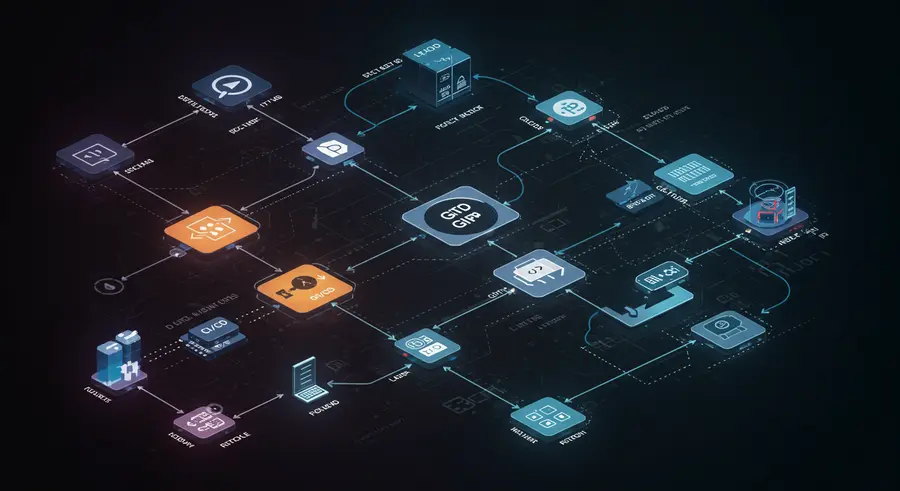Scaling GitOps: From Teams to Enterprise
As organizations grow, so does the complexity of their infrastructure and application deployments. While GitOps provides immense benefits for individual teams, scaling these practices across an entire enterprise introduces new challenges and considerations. This article explores key strategies for successfully extending GitOps adoption throughout your organization.

1. Centralized vs. Decentralized Ownership
One of the first decisions when scaling GitOps is how to manage ownership. A centralized approach might involve a dedicated platform team managing core GitOps tools and shared configurations. Decentralized models empower individual teams with more autonomy over their repositories and deployments. Often, a hybrid approach works best, with centralized governance and shared tooling, but decentralized application-specific configurations.
2. Multi-Cluster and Multi-Cloud Management
Enterprises often operate across multiple Kubernetes clusters, different cloud providers, and even on-premises environments. Scaling GitOps requires robust solutions for managing configurations across these diverse landscapes. Tools like Argo CD ApplicationSet and Flux Kustomize controller can help orchestrate deployments to multiple targets from a single Git repository. Consider using a financial companion to analyze the ROI of different cloud strategies, as it can be significant.
3. Security and Compliance at Scale
Security becomes paramount when scaling GitOps. Implementing strict access controls, leveraging policy-as-code (e.g., OPA Gatekeeper), and ensuring robust audit trails are crucial. GitOps naturally enhances security through its declarative nature and immutable records in Git, but these benefits must be extended systematically across all environments. Regular security audits and vulnerability scanning of your Git repositories are also essential.
4. Standardization and Automation
To achieve true scalability, standardization of patterns, templates, and pipelines is vital. Automating as much as possible, from environment provisioning to application deployment, reduces manual errors and accelerates delivery. This includes automating the onboarding of new teams and applications into the GitOps framework.
5. Observability and Monitoring
At enterprise scale, having comprehensive observability into your GitOps deployments is critical. This involves monitoring the health of your GitOps operators, tracking synchronization status, and collecting metrics from all managed clusters. Integrated dashboards and alerting systems help identify and resolve issues quickly across a large footprint.
6. Organizational Buy-in and Training
Technology alone is not enough; successful GitOps adoption at scale requires significant organizational change management. This includes educating teams on GitOps principles, providing adequate training on new tools and workflows, and fostering a culture of collaboration between development and operations teams. A clear communication strategy is key to ensuring everyone understands the benefits and their role in the new paradigm.
7. Gradual Adoption and Iteration
Don't try to implement enterprise-wide GitOps overnight. Start with pilot projects, iterate on your approach, and gradually expand to more teams and critical systems. Learning from early implementations and adapting your strategy is crucial for long-term success.
Scaling GitOps is an evolutionary journey that transforms how an enterprise manages its software delivery lifecycle. By thoughtfully addressing architectural patterns, security, automation, and organizational aspects, businesses can unlock the full potential of GitOps for improved efficiency, reliability, and security across their entire technology landscape. Learn more about core CNCF GitOps principles.